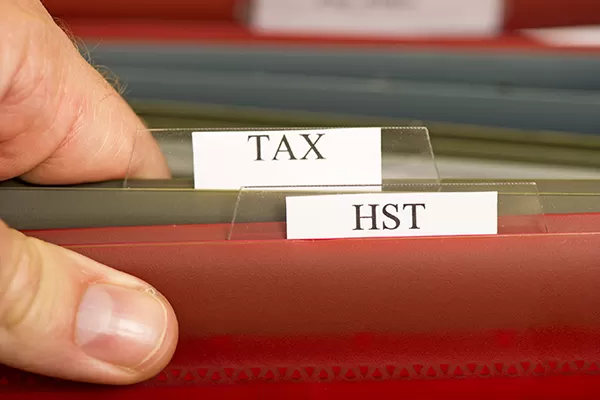The Ontario government’s temporary GST/HST tax break officially ends today, bringing an end to a two-month period during which residents enjoyed tax relief on select goods and services.
The initiative, which began on December 14, 2024, was designed to ease financial pressure on consumers and stimulate spending in key sectors of the economy, particularly retail and hospitality.
Background and Impact
The tax break eliminated the Goods and Services Tax (GST) and the Harmonized Sales Tax (HST) on a variety of purchases, including groceries, restaurant meals, children’s clothing, and certain gifts.
In Ontario, where the HST combines federal and provincial sales taxes into a 13% levy, the tax relief provided tangible savings for households, especially those struggling with inflation and rising living costs.
For example, a family spending $2,000 on qualifying goods over the past two months could have saved approximately $260 in HST.
Businesses, particularly in the restaurant and retail sectors, also benefited from increased consumer spending, with many reporting a boost in sales during the tax-free period.
What’s Next?
With the tax break concluding today, consumers will once again see GST/HST applied to their purchases, potentially dampening spending in sectors that saw a surge.
Retail analysts predict a slight decline in discretionary spending as price-sensitive consumers adjust to the return of full taxation.
For businesses, the end of the tax break means a return to regular pricing structures. Some retailers and restaurants may implement promotions or discounts to sustain customer interest, while others may experience a slowdown in demand.
Policy and Economic Considerations
The tax break was part of a broader effort by the federal and Ontario governments to provide temporary economic relief amid inflationary pressures.
Critics, however, argue that the measure was only a short-term fix and did not address deeper economic issues such as wage stagnation and housing affordability.
Economists suggest that while the tax relief helped boost consumer confidence, its expiration could contribute to a slowdown in economic momentum.
Calls for more permanent tax reforms or targeted subsidies for essential goods may grow louder in the wake of the tax break’s conclusion.
Consumer Response and Outlook
As the tax break expires, consumers are likely to adapt by becoming more price-conscious. Some may shift their spending habits, opting for lower-cost alternatives or delaying non-essential purchases.
Others may call for an extension or a similar relief program in the future.
The Ontario government has yet to announce any plans for another tax relief measure, but given ongoing economic uncertainties, discussions on affordability and taxation are expected to remain central in policy debates.
Conclusion
The end of the GST/HST tax break marks a return to normal taxation but leaves lingering questions about consumer spending and economic recovery.
While the measure provided temporary relief, its expiration underscores the need for long-term strategies to support affordability and economic stability in Ontario.
As businesses and consumers navigate the post-tax-break landscape, policymakers will be watching closely to gauge the impact—and whether additional measures may be needed in the future.
Also Read

